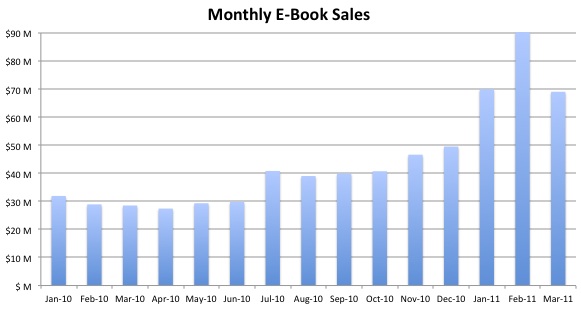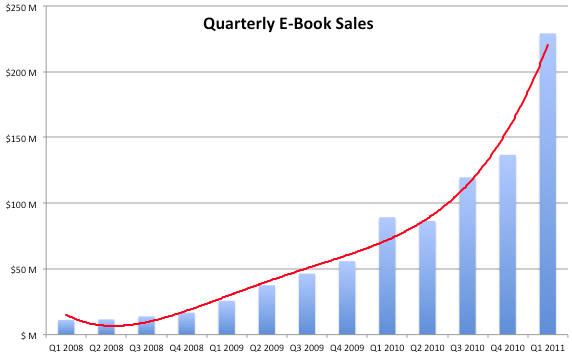
Nook Classic 2
As expected, B&N today announced their next-generation e-reader, available in Wi-Fi only for $139, and available June 10. I’m calling it the “Nook Classic 2,” to differentiate it from the LCD-based Nook Color. (Update: B&N calls it the “Nook Simple Touch.”)
It’s a strikingly simple design based around the standard-sized 6″ e-Ink Pearl touchscreen.
It’s also strikingly similar to the Kobo Touch introduced yesterday for $130.
The feature list:
- 6″ e-Ink Pearl screen
- Infra-red based touchscreen
- Wi-Fi connectivity
- 7.5 ounces
- 2 GB internal memory, plus SD card reader
Yeah, pretty much the same as the Kobo Touch. I can’t help but think that Kobo did a pretty great job of stealing B&N’s thunder (and for a few bucks less, too).
On the plus side, the Nook Classic was badly in need of a refresh, and this release at least allows B&N to tread water, although it doesn’t seem at all groundbreaking to me. B&N also seems to have admitted that the small LCD touchscreen at the bottom of the original Nook Classic was a costly gimmick: it decreased performance and battery life, increased size and weight, and never seemed to be implemented all that well. Interestingly, it also abandoned the 3G model.
B&N is touting 2 month battery life, based on 1/2 hour of reading per day. I think this is about the same as the Kindle 3’s claimed one-month battery life, which probably assumes 1 hour of reading per day. Next maybe someone will claim 4 months based on 15 minutes a day? Come on. Maybe just give us the battery life in hours from now on?
B&N also claims that the Nook Classic 2 is the “simplest” e-reader out there, lambasting Kindle’s “37 extra keys” (the Kindles have full keyboards). However, I consider an actual, tactile keyboard to be a positive (especially for anyone taking notes); touchscreen keyboards are OK but far inferior to real keyboards, in my opinion. And I do prefer page-turn buttons to swiping at (and getting finger oils on) the screen.
B&N also claims impressive page-turn speeds, although the video I saw seemed about on par with the Kindle 3. Honestly, page turn speeds (which were slow enough to be an issue on the Nook Classic 1) are fast enough for my needs on most modern e-readers already. It’s about the time it takes to blink, and already quicker than turning a physical page. B&N also found a way to reduce the amount of “flash” where e-Ink screens black out the screen for a moment when changing pages; it now happens only on every 6th page change. E-Ink flash never bothered me before, and this might actually be more distracting, where it only happens sometimes.
The look of the Nook Color is decidedly simple, with the single button at the bottom (again, like the new Kobo Touch), but in a more squarish configuration with no extra space on the bottom. It’s supposed to be a rubberized, soft-touch material, which also sounds similar to the Kobo to me.
So, how does it stack up? Well, physically, it’s a solid effort, but a bit underwhelming, especially coming on the heels of the very-similar Kobo Touch. After all, it shares the screen, touchscreen technology, Wi-Fi wireless capability, SD card slot, ePub capability, and more with the Kobo Touch. It does boast longer battery life and double the internal memory, but is a tiny bit heavier and more expensive. Basically a wash. (Both trounce the Sony touchscreen e-readers on price.)
Compared to the Kindle, the same comments from my Kobo Touch article apply: the Nook Classic 2 is a little smaller and lighter than the Kindle 3, but lacks in features, including audio (used for audiobooks or listening to music), an Internet browser, text-to-speech, and games & apps. I’d only recommend it over the Kindle 3 if you’re a big fan of touch (I’m not). Of note, if you want 3G connectivity, the $189 Kindle 3 Wi-Fi + 3G (with free-for-life 3G) is now the only game in town, with B&N ceding that market completely to Amazon.
As for the e-book store, I think B&N and Kobo both have very good e-book stores (ahead of Sony, Apple, and Google), but Amazon is still the undisputed leader, with the most titles available (ignore B&N’s marketing talk of having the “largest” e-book store: they count public domain titles that Amazon doesn’t, even though they are easily available for the Kindle as well). Amazon has nearly a million e-book titles in the Kindle store so far. However, if you’re already tied into one of those three ecosystems, the e-readers are probably close enough that it wouldn’t be worth it for you to switch.
Of note, B&N also announced that they own 25% of the e-book market, and that their Nook Color is the #1 Android tablet, #2 overall behind the iPad.
My overall impression is that the Nook Classic is at least back in the game (the Nook Classic 1 had fallen behind) and worth considering again. But there’s nothing groundbreaking here; B&N was aiming to hit a single, not a home run. At best, this offering (and the Kobo Touch) match Amazon’s Kindle 3, they don’t leap ahead of it. And considering that the Kindle 3 has been out for about 9 months now, I wouldn’t be shocked to see a Kindle 4 before Xmas that raises the bar still further.
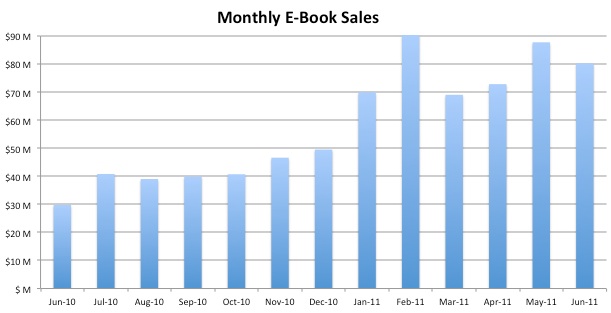
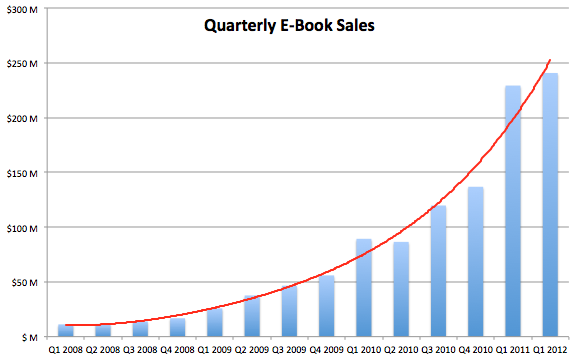

 So, you’ve written a book — congratulations! What now?
So, you’ve written a book — congratulations! What now?
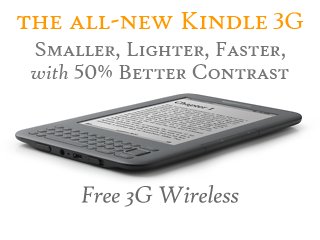

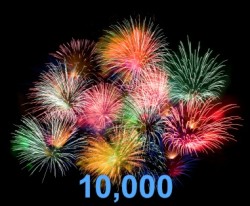 Please excuse my excitement as I share a personal milestone with you: I just sold the 10,000th copy of my novels.
Please excuse my excitement as I share a personal milestone with you: I just sold the 10,000th copy of my novels.

